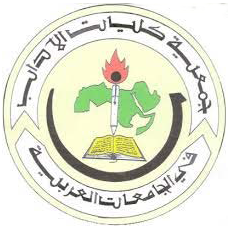Association of Arab Universities Journal for Arts مجلة اتحاد الجامعات العربية للآداب

Document Type
Article
Abstract
This article analyzes linguocultural units from the standpoint of cognitive linguistic. The concept is defined as a set of verbalized and non-verbalized images of objects and situations that form the conceptual sphere of a person; it recognizes the national, social, group and individual specificity of the content and structure of concepts. In order to describe the value semantics of the concept as a fragment of the language picture of the world of native speakers (Russian, Ukrainian, Arabic) and representatives of the relevant culture, such linguistic means of expression are analyzed: nominees, attributes, derivatives, phraseological units (including paroimyas), aphorisms. The authors also consider it necessary to compare phraseological representations of concepts in different linralguocultu spaces. As a result of a comparative analysis of the replication of the universal archetype concept "HEART" (in Russian, Arabic and Ukrainian linguistic cultures) using descriptive (semantic-cognitive analysis) and contrastive (polling of speakers of different languages), conclusions are drawn about the similarity of language representation and semantic interpretation of the studied concept not only in closely related but also in radically different languages and linguocultures, which thereby confirms the universality of this concept. The authors made a proposal to supplement the existing scientific classification of concepts with another type – intercultural (archetypical) concept, which correlate with the archetypical phenomena of national cultures and mentalities and is distinguished in a comparative analysis of the conceptual interpretation field in different languages.
Recommended Citation
AL–Shaboul, Ibrahim and KUSHNIR, Iryna
(2021)
"Language Representation of Archetypic Concepts in the Light of Intercultural Communication,"
Association of Arab Universities Journal for Arts مجلة اتحاد الجامعات العربية للآداب: Vol. 18:
Iss.
1, Article 16.
Available at:
https://digitalcommons.aaru.edu.jo/aauja/vol18/iss1/16

